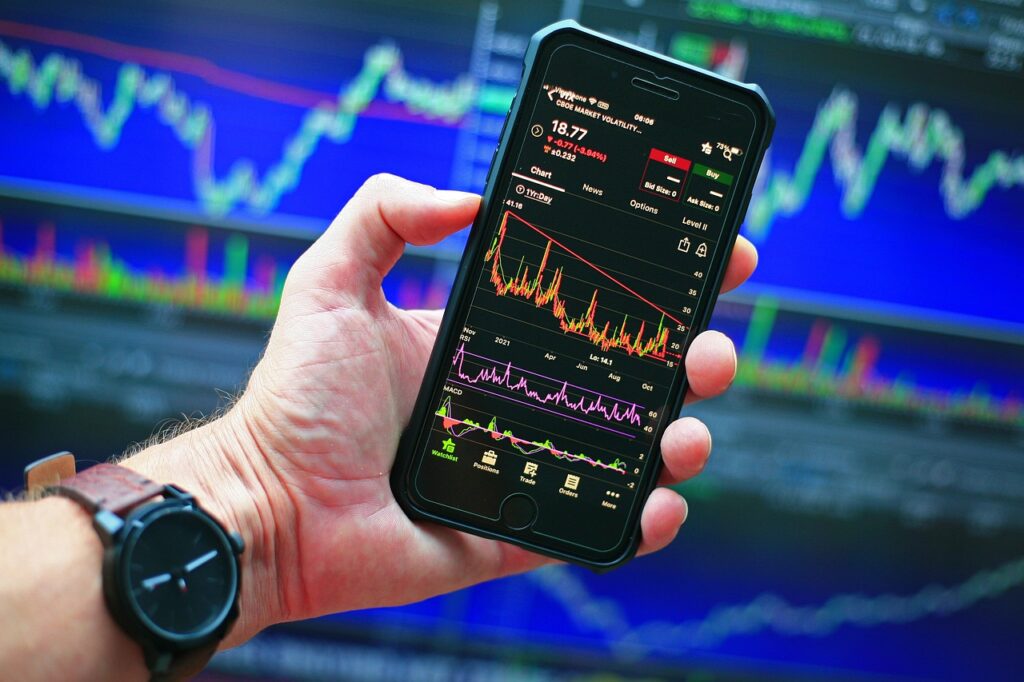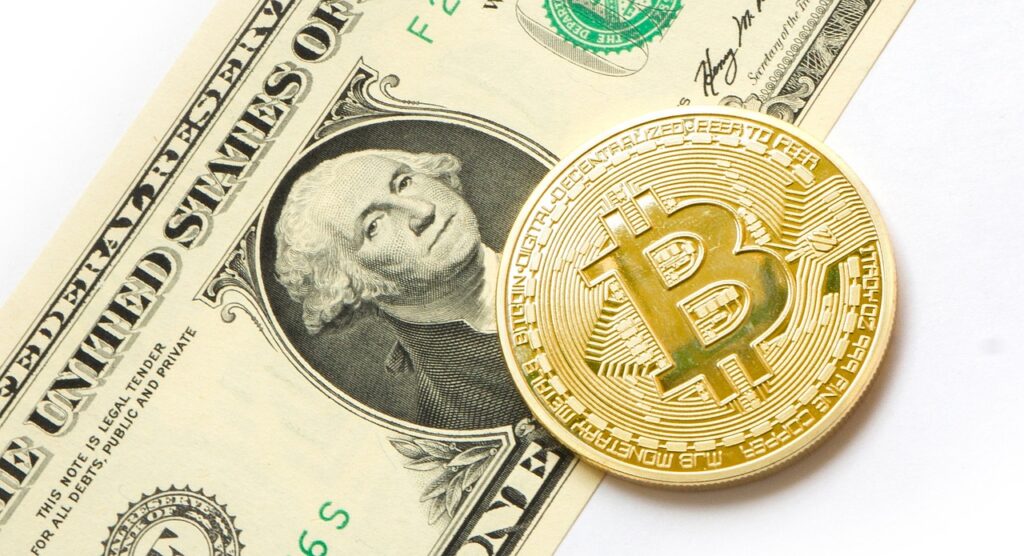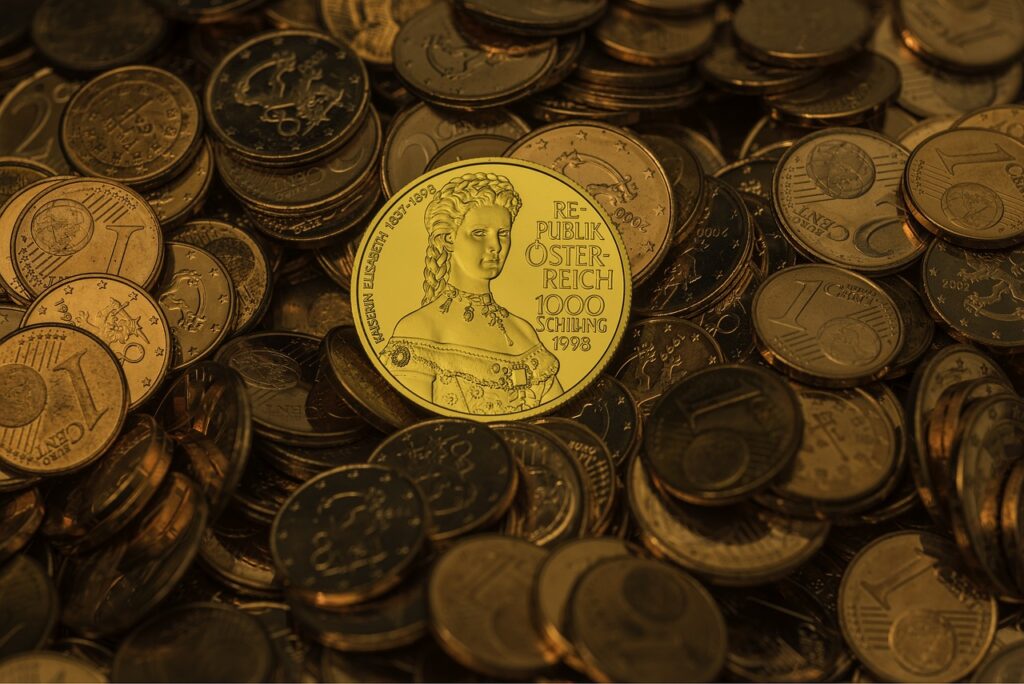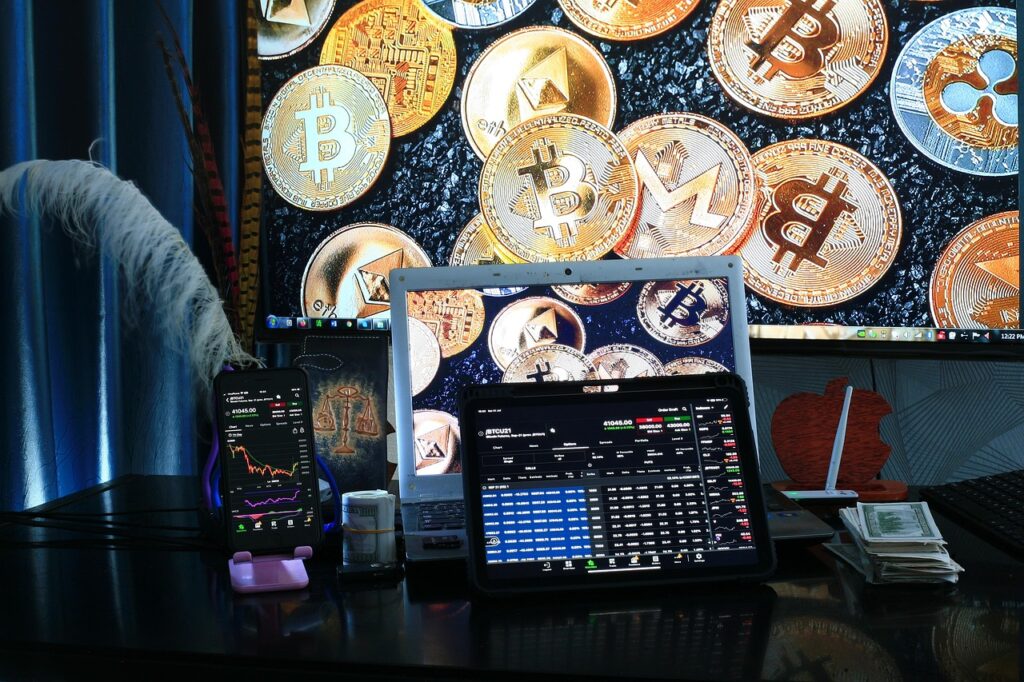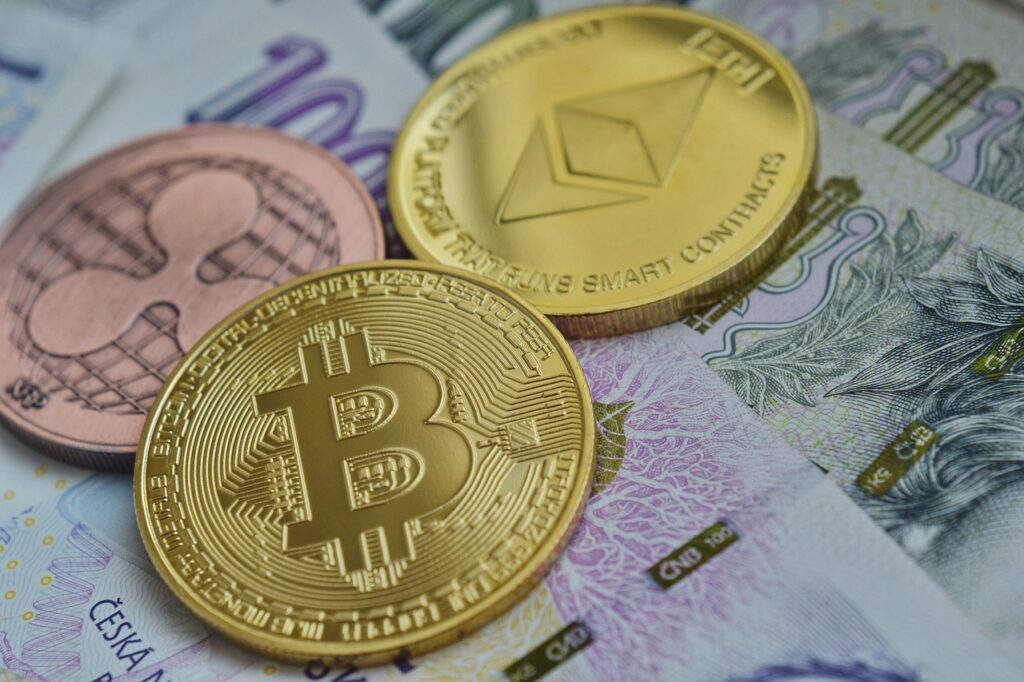Hello, crypto novices! 👋
I’ll never forget my first glance at a crypto coin price chart It was like trying to comprehend hieroglyphics! A myriad of colorful candlesticks, lines, and numbers left me confused. If you’re feeling this feeling, do not worry about it you’re not the only one.
In this article, I’ll show you how to read the crypto price chart live in simple English. There’s no fancy language, just simple advice to aid you in understanding what you’re viewing.
Table of Contents
- 1 First Things First: Protect Your Money!
- 2 Let’s Get Hands-On With Charts
- 3 The Basic Layout: What Am I Even Looking At?
- 4 Time Frames: Zooming In and Out
- 5 Candlesticks: The Story of Price Battles
- 6 Green Candles = Buyers Won That Round
- 7 Red Candles = Sellers Won That Round
- 8 Those Weird-Looking Candles With Tiny Bodies
- 9 Putting It All Together
First Things First: Protect Your Money!
Before we get into the reading of charts, I’d like to give you some of my hard-earned advice:
- Do not invest all-in in one cryptocurrency.- I’ve learned this lesson by accident!
- Fear of missing out is a major problem – the feeling of having to get going right now typically leads to a poor decision
- Do not invest money- that you could be able to afford to lose- Seriously the rent you pay shouldn’t be to cryptocurrency.
- Keep your money safe – there’s no way to earn money when you’ve already lost your capital!
Let’s Get Hands-On With Charts
Are you interested in following along? Visit TradingView.com and sign up for a no-cost account. That’s the method I’m using and it’s extremely beginner-friendly.
The Basic Layout: What Am I Even Looking At?
Consider a crypto market price chart graph as an illustration:
- The bottom of the page shows the date (when certain events took place)
- The left side of the screen shows the price (how what the cryptocurrency was worth)
At the moment I write this Bitcoin is currently trading at 75,006. This chart demonstrates precisely how Bitcoin got to this price in the past.
Time Frames: Zooming In and Out
Are those buttons at the top of your graph? The buttons are weekly, daily, four hours and on? These are just like the other camera lens options for viewing the marketplace.
Here’s my guideline:
- You can only view charts every month? Choose to stick with monthly or weekly perspectives
- Are you checking your phone several times throughout the day? One hour or four hours could be a good fit for your needs.
Remember: do not begin trading before you know what you’re doing! This guide will make it easier to understand the subject matter you’re studying.
This is a mistake that I made a lot of times in the beginning when I would analyze the weekly chart, but make decisions using the 15-minute chart. What a mess! Select a specific time frame that is compatible with the frequency you’re able to check the market to stay with it.
Candlesticks: The Story of Price Battles
These rectangular designs with lines that emerge from the sides? These are called candlesticks and they recount the tale of the fight between sellers and buyers.
Green Candles = Buyers Won That Round
- The bottom of the green box is the place where the price began (opening price)
- The green top part which is the place it came to (closing price)
- The line that is thin on the top (if there’s one) is the price that was highest achieved during that time
- The bottom line with the thin lines (if there’s one) represents the lowest price that was reached.
If I come across an unlit green candle that has no bottom wick, it makes me thrilled because this means that there were a lot of buyers and that the price did not drop lower than the price of opening!
Red Candles = Sellers Won That Round
- The red box at the top is where the price began.
- The bottom of the red box is where it landed.
- The wicks reflect extreme lows and highs as do the green candle.
Those Weird-Looking Candles With Tiny Bodies
Some candles have little bodies, and wicks that are long and on both sides. They call those “indecision candles” (technically they’re known as Doji candles).
This means that both buyers and sellers battled to the death, only to end up in almost the same spot. Imagine a situation where both sides could not push the other side across the line. If I witness these situations, particularly after an extended either way I’m paying attention to them since the pattern could appear to be destined for a change.
Putting It All Together
The basics are now in place! While looking through a crypto price graph live, you should consider:
- Are there any more candles of green or red candles recently? (Trend direction)
- How long do the wicks last when compared with the body? (Market conviction)
- Are there any candles that are indecisive on price levels that have significance? (Potential reversals)
This only scratches the surface of understanding the price charts of crypto markets. However, knowing these fundamentals will allow you to be above the many who invest in crypto and don’t know what they’re looking for.
Spend time studying the basics before you risk your hard-earned money. Cryptocurrency isn’t going anywhere and will continue to provide openings.
Do you remember that time Bitcoin decreased to $3,000, after having been at $20,000? People who knew charts could have spotted signs that it was likely to take place. For those who were able to comprehend charts, they were also able to spot signs of growth that ensued.
Which chart patterns are you having trouble with? Leave a comment in the comments below, and I’ll try to discuss this in my next article!

